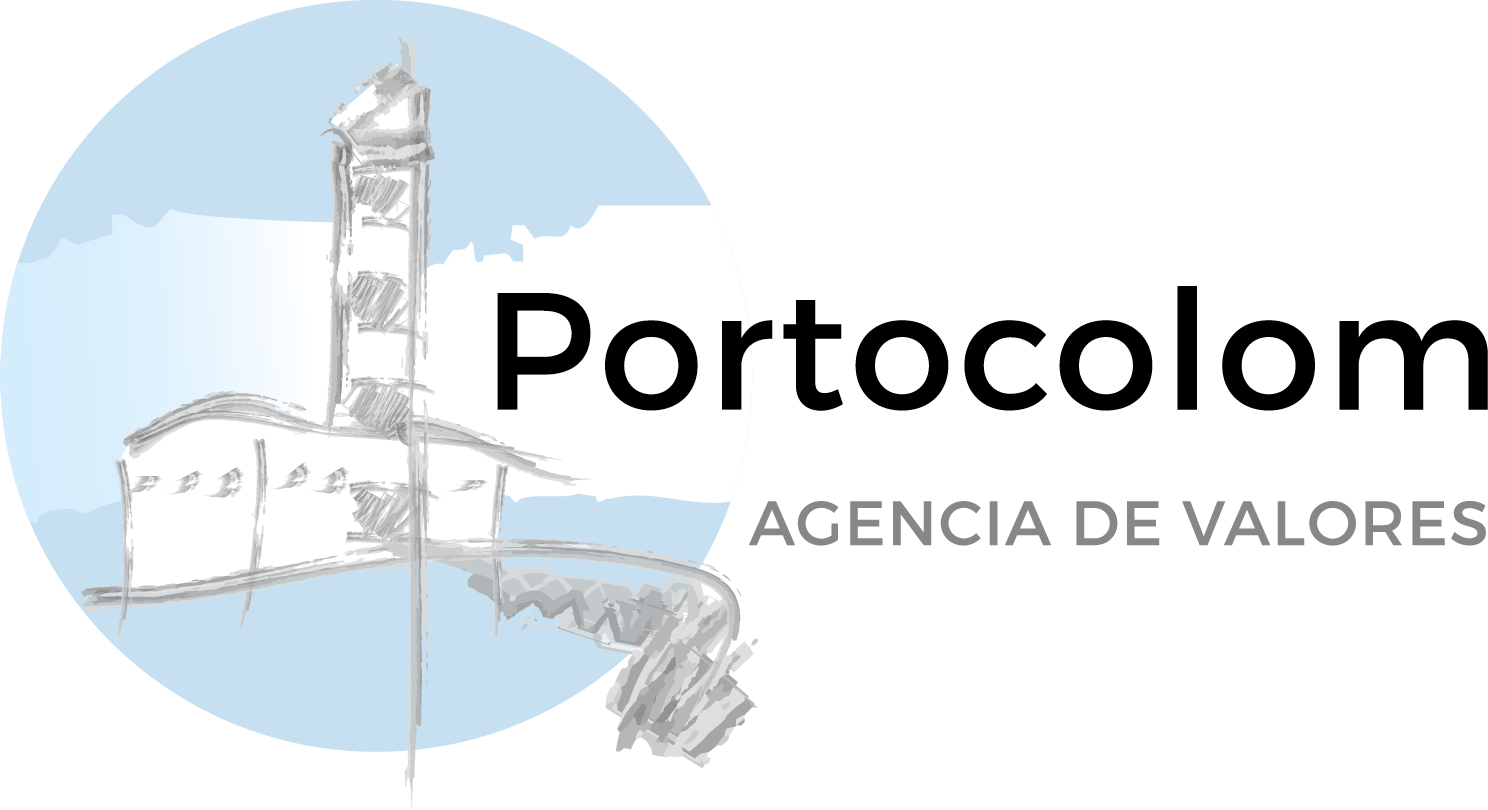Borderless Conservation of Migratory Species
2nd April 2024
Holy Week is widely recognized as the week with the highest mobility and travel in Spain. During this period, millions of people travel to different parts of the country to participate in religious, cultural, and tourist activities. Cities and regions known for these celebrations experience a significant increase in visitors, which translates into a significant economic and social impact during this period.
It is a time of rebirth and renewal with the arrival of spring and also coincides with the beginning of bird migration from their wintering areas in Africa to their breeding grounds in Europe. Not only birds, but all migratory species, throughout natural history, have played a crucial role in ecosystems, contributing to biodiversity and maintaining the delicate balance in their habitats. Each year, millions of animals make migratory journeys, sometimes thousands of kilometers, by land, sea, and air, crossing national borders and continents, and therefore need coordinated protection at the international level. However, these species are currently facing a number of threats that put their populations and migration routes at risk.
A few weeks ago, the United Nations Conference (COP 14) of the Convention on the Conservation of Migratory Species of Wild Animals, also known as the CMS or Bonn Convention, was held in Samarkand (Uzbekistan), where proposals of vital importance were discussed to address the global biodiversity crisis. At the beginning of this Conference, the first ever report on the «State of the World’s Migratory Species» was presented. Prepared for the CMS by scientists from the World Conservation Monitoring Centre of the United Nations Environment Programme (UNEP-WCMC), as well as the support and collaboration of experts from other institutions. The landmark report reveals that the risk of extinction is increasing for migratory species worldwide, with urgent action needed to prevent the extinction of species classified as «Critically Endangered» and «Endangered», which account for a considerable proportion of all marine and freshwater fish species (79%) and marine turtles (43%) listed on the CMS lists. The report also highlights nearly 400 threatened species not currently included in the Convention but that require special attention.
It therefore reflects the current status and trends of migratory species, and identifies the main threats they face:
— Overexploitation is listed as the greatest threat, including the capture of wild populations, such as hunting and fishing, as well as bycatch of non-target species, which is a major cause of mortality in many marine species.
— Habitat loss and fragmentation, this reduces the availability of feeding, resting and breeding areas, which negatively affects migratory populations.
— Obstacles to migratory movements by human interference, with the construction of infrastructure. An area of growing concern within marine ecosystems is the impact that maritime traffic is having on migratory species, from the disturbance of seabirds to the lethal collisions of cetaceans and whale sharks.
— Light and noise pollution, climate change or invasive species are also critical threats.
The positive thing is that the challenges and the measures to be taken have been clearly identified, as set out in the recommendations of this report: such as redoubling efforts to combat unsustainable and illegal capture of migratory species at the national level; drastically reducing bycatch and incidental catch; identifying all key sites for migratory species and taking measures to protect or conserve them. This is of particular relevance to Spain, which as a member country of the CMS since 1985, must implement concrete actions within its territory which, due to its strategic geographical location at the crossroads between Europe and Africa, makes it a crucial point for both terrestrial and marine species.
Migratory species are a valuable shared natural heritage, and their protection and preservation is our responsibility, regardless of the borders that separate us, so that these species can continue to cross the skies, lands, oceans, lakes and rivers of our planet.
Just as we look forward to reliving the cyclical event of Holy Week next year, we also look forward to seeing the passage of birds through our skies in their epic migratory journeys as a sign of renewal and resilience.
Spotlight on markets:
Another week has seen the good tone of the financial markets continue, with both equity, fixed income and alternative assets experiencing generalized gains, with the exception of the slight fall in the Nasdaq 100 (-0.46%), as some of the best performing stocks at the start of the year, such as Nvidia, experienced some profit-taking. European stock markets rose 1% while the S&P 500 rose 0.40%. Fixed income also rose, but with a very narrow weekly range, with the 10-year US bond yielding 3bp to 4.19%, its German counterpart yielding 2bp to 2.30%, while the Spanish benchmark remained at 3.16% unchanged over the past 7 days.
Where there were some significant movements was in the commodity markets. Gold hit new all-time highs of 2,235 USD/ounce, a level it has already surpassed this week. The expected interest rate cuts and the policy being carried out by several central banks that are acquiring significant amounts of this asset at the expense of some currencies are what is driving up gold prices.
Brent North Sea oil remains close to the $88/barrel benchmark, a level it remained below in the first half of 2023 and which was an unattainable zone in the highs of 2018 and 2021. Last week it rose by +2.40%, and even though the inventory data published by the IEA, which was much higher than expected by the market, +3.16 million barrels compared to a forecast decline of 700,000, the geopolitical uncertainty and forecasts that current crude oil supply is slightly below demand continue to support the price of this asset.
In terms of macroeconomic references, the previous week we had more of the same, especially in the US where there were better-than-expected data, such as the revision of GDP for the fourth quarter of 2023 from +3.2% to +3.4%, with consumer confidence or new home sales that did not reach analysts’ estimates. Finally, on Friday the PCE, the FED’s preferred benchmark for gauging future inflation trends, came out exactly in line with expectations at +2.8%.
The most noteworthy thing we will learn this week will be: i) US PMI data (China released theirs yesterday at 50.8, above the estimated 50.1), ii) employment surveys, non-farm payrolls and the US unemployment rate for which no major changes are expected, iii) the eurozone CPI will be released in Europe, and iv) as every week, we will be very attentive to the comments of central banks, as Jerome Powell of the Fed will appear next Thursday.
The quote:
And we say goodbye with the following quote by José Ortega y Gasset, a Spanish philosopher and essayist: «A civilization can only endure if many contribute their collaboration to the effort. If everyone prefers to enjoy the fruit, civilization collapses.»
Summary of the performance of the main financial assets (1/4/2024)

Disclaimer
This report does not provide personalized financial advice. It has been prepared independently of the specific financial circumstances and objectives of the persons receiving it. This document has been prepared by Portocolom Agencia de Valores S.A. for the purpose of providing general information as of the date of issue of the report and is subject to change without notice. Portocolom Agencia de Valores S.A. assumes no obligation to communicate such changes or to update the content of this document. Neither this document nor its content constitutes an offer, invitation or solicitation to purchase or subscribe for securities or other instruments or to make or cancel investments, nor may it be used as the basis for any contract, commitment or decision of any kind. The information contained in this report has been obtained from public sources and considered reliable, and although reasonable care has been taken to ensure that the information contained in this document is not inaccurate or misleading at the time of publication, we do not represent that it is accurate and complete and it should not be relied upon as such. Portocolom Agencia de Valores S.A. assumes no responsibility for any loss, direct or indirect, which may result from the use of the information provided in this report. Past performance of variables may not be a good indicator of their future outcome.



